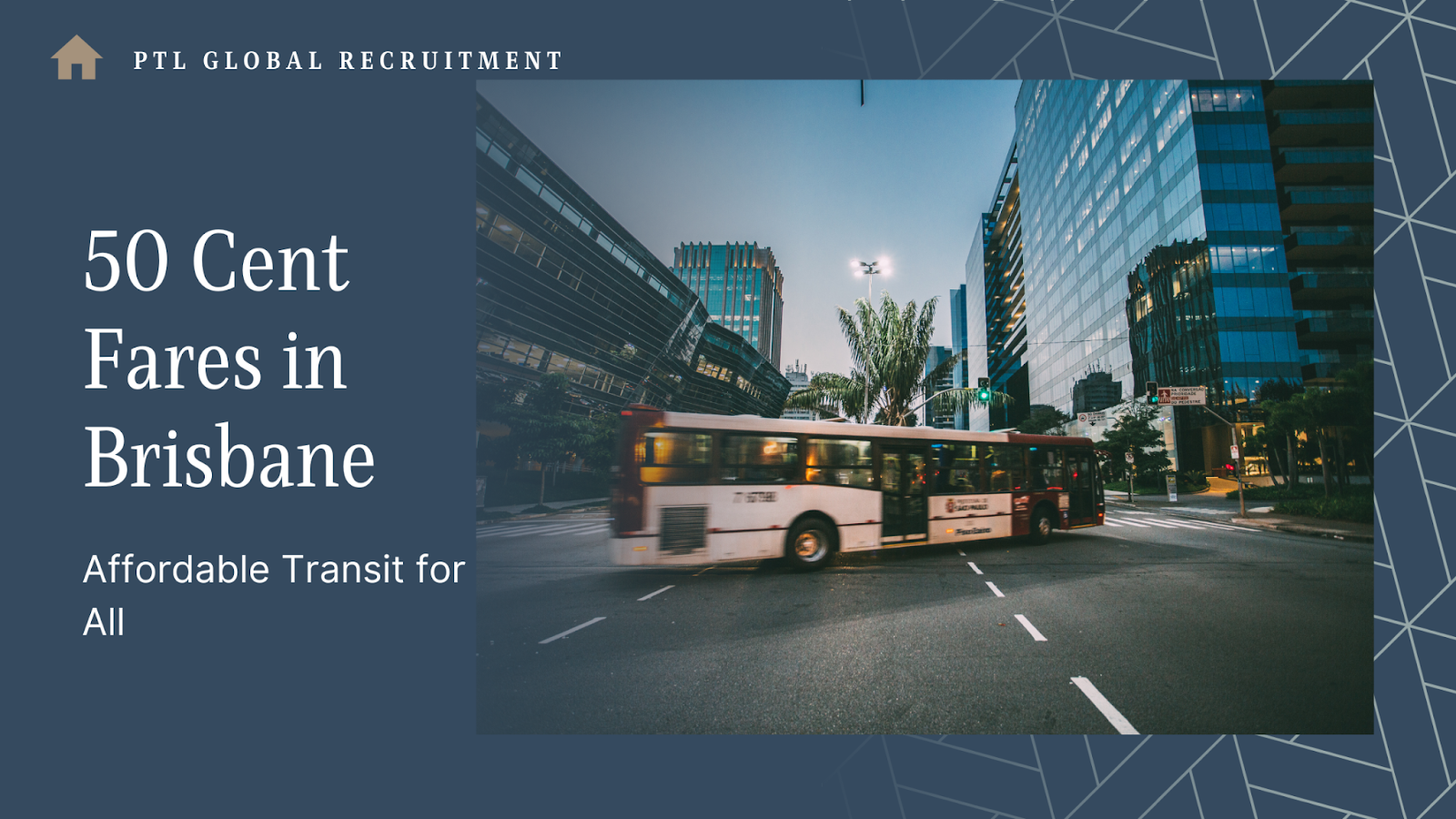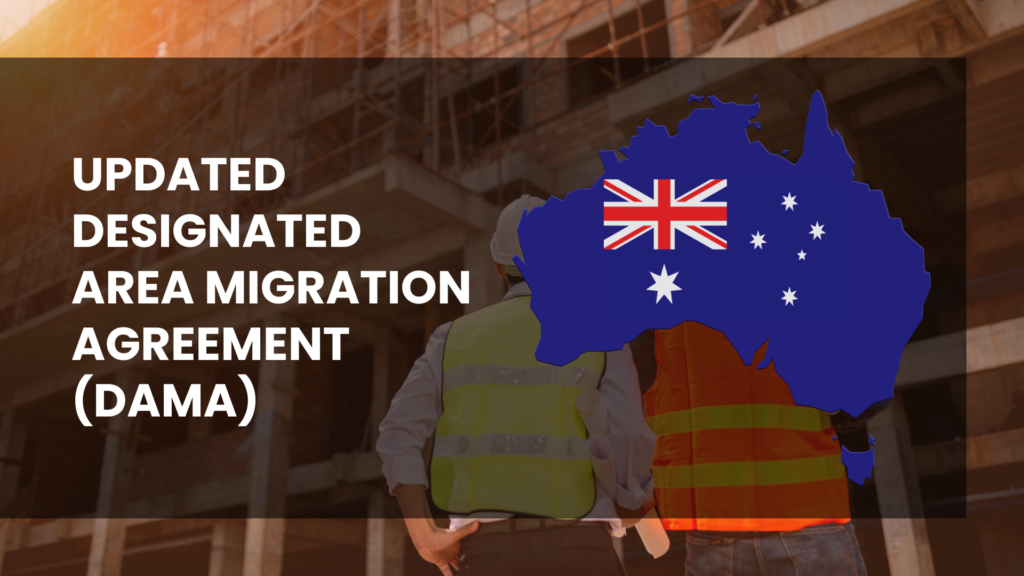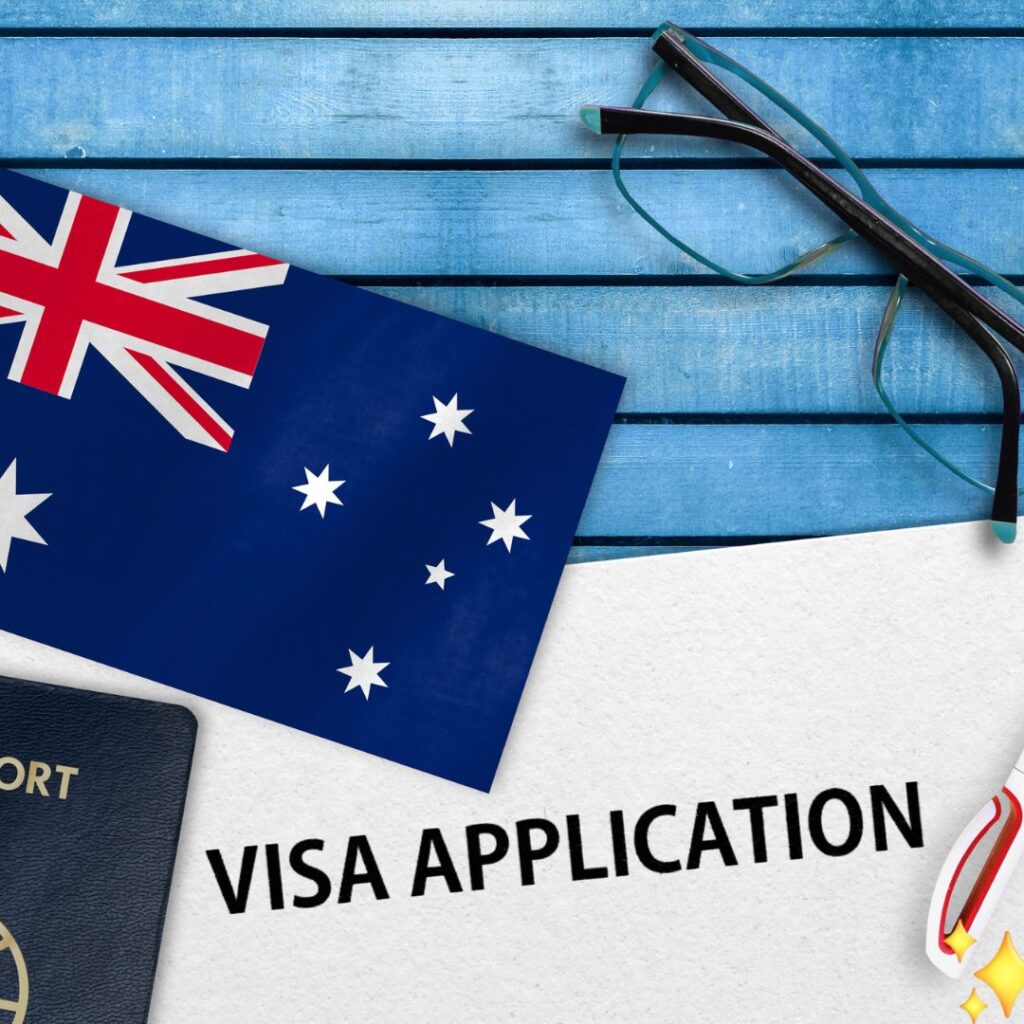Affordable public transportation is crucial for accessing work, education, and other essential services. However, rising fares can create a significant barrier. The initiative of 50-cent fares in Brisbane aims to address this issue by making public transit more accessible and encouraging ridership.
This blog post explores the 50 Cent Fare program and its impact on Brisbane communities.
What is the 50 Cent Fares Initiative?
To combat cost of living pressures and boost public transport use, the Queensland Government launched a $150 million initiative, slashing fares to just 50 cents per trip. From August 5, 2024, to February 9, 2025, riders across Queensland, including those in Southeast Queensland and regional areas, will pay a flat 50-cent fare on all Translink services. This would include buses, trains, ferries, trams, and on-demand transport (conditions apply). This six-month program aims to make public transport more affordable and accessible regardless of distance travelled.
Now, facing this unexpectedly popular policy, the Queensland opposition has pledged to maintain 50-cent public transport fares in place beyond the October election. As it was originally intended as a trial, the discounted fares were initially dismissed by critics as a political manoeuvre by the government. However, the program’s success, boosting public transport use above pre-pandemic levels and seemingly contributing to a resurgence in government support in Brisbane suburbs. And this has prompted the opposition to adopt the policy as their own.
Services Covered by 50 Cent Flat Fare
The 50 cent flat fare applies to all:
- Buses (except dedicated school buses)
- Queensland Rail City Train services
- Trams
- Brisbane City ferries and Southern Moreton Bay Island Ferry
- On demand services.

Travel between all Brisbane City stations to the Brisbane Domestic and Brisbane International stations is now half price during the discounted fare period, dropping from $21.90 to $10.95 on the Airtrain. This reduced fare applies from all city stations, including:
- Eagle Junction
- Wooloowin
- Albion
- Bowen Hills
- Fortitude Valley
- Central
- Roma Street, and
- South Brisbane.
The 50-cent fares in Brisbane apply to all other journeys within the Southeast Queensland (SEQ) network and can be paid with a go card, credit/debit card, or paper ticket. While SEQ transport is cashless, go cards can be topped up with cash at Translink machines and retailers.
50c Fares in Brisbane: Big Savings and a Smoother Commute with Translink’s Upgraded Tracker

Commuters stand to save significantly with the reduced fares. For example, a Gold Coast resident travelling to and from work four days a week could save over $2,100 during the six-month period, according to Translink. The initiative also aims to reduce road congestion, with a single bus trip equivalent to removing 50 cars and a train trip equal to 600 cars.
Passengers can continue to tap on and tap off with a go card, smart ticketing method, or paper ticket to access the discounted fares. To help plan their journeys, passengers can use Translink’s upgraded Service Capacity Tracker, which provides real-time forecasts of available space on buses and trains.
Originally launched in 2020 to help manage capacity during the COVID-19 pandemic, Translink’s Service Capacity Tracker has been upgraded for the 50-cent fare initiative. Using historical data and projected travel patterns, the revamped tracker provides more accurate, real-time predictions of crowding on buses and trains. An easy-to-understand traffic light system displays capacity availability, allowing passengers to better plan their journeys.
Impact on Communities

The 50-cent fares in Brisbane have broken ridership records, with over 15 million trips taken across Southeast Queensland (SEQ) in the first month alone. This surpasses pre-COVID public transport usage by nearly 2.4 percent. In just the first four weeks, SEQ residents have saved over $29 million.
The initiative offers significant societal benefits:
- Increased Accessibility: Lower fares improve access to employment, education, and healthcare for low-income individuals and those on fixed incomes.
- Improved Access to Jobs: When transport costs are low, it improves access to employment opportunities. It could be difficult in the past because of the high transport charges.
- Sustainable Transportation: Reduced fares incentivize a shift from private vehicles to public transport, easing traffic congestion and promoting a more sustainable city.
- Support for Vulnerable Populations: The initiative particularly benefits vulnerable groups like seniors, people with disabilities, low-income earners, and students who rely heavily on public transport.
- Environmental Protection: By encouraging public transport use, the program helps reduce carbon emissions and contributes to combating climate change.
Conclusion
The 50-cent fare initiative has proven a resounding success, exceeding expectations in both ridership and community impact. Beyond individual benefits, the initiative contributes to a more sustainable city by reducing traffic congestion and harmful emissions.
The overwhelming popularity of the program, prompting bipartisan support, demonstrates the importance of affordable public transport. This initiative, though initially temporary, has ignited a vital discussion. This conversation centres on the long-term importance of accessible public transit in building a more equitable and environmentally responsible Brisbane.
How can PTL Global Recruitment Help?
Ready to launch your dream career in Australia? PTL Global Recruitment connects skilled professionals like you with top opportunities in high-demand sectors. We’re committed to finding the perfect role that values your expertise and offers growth potential.
Start your journey today!
Subscribe to our YouTube channel for expert advice on Australian jobs, work culture, and lifestyle.





